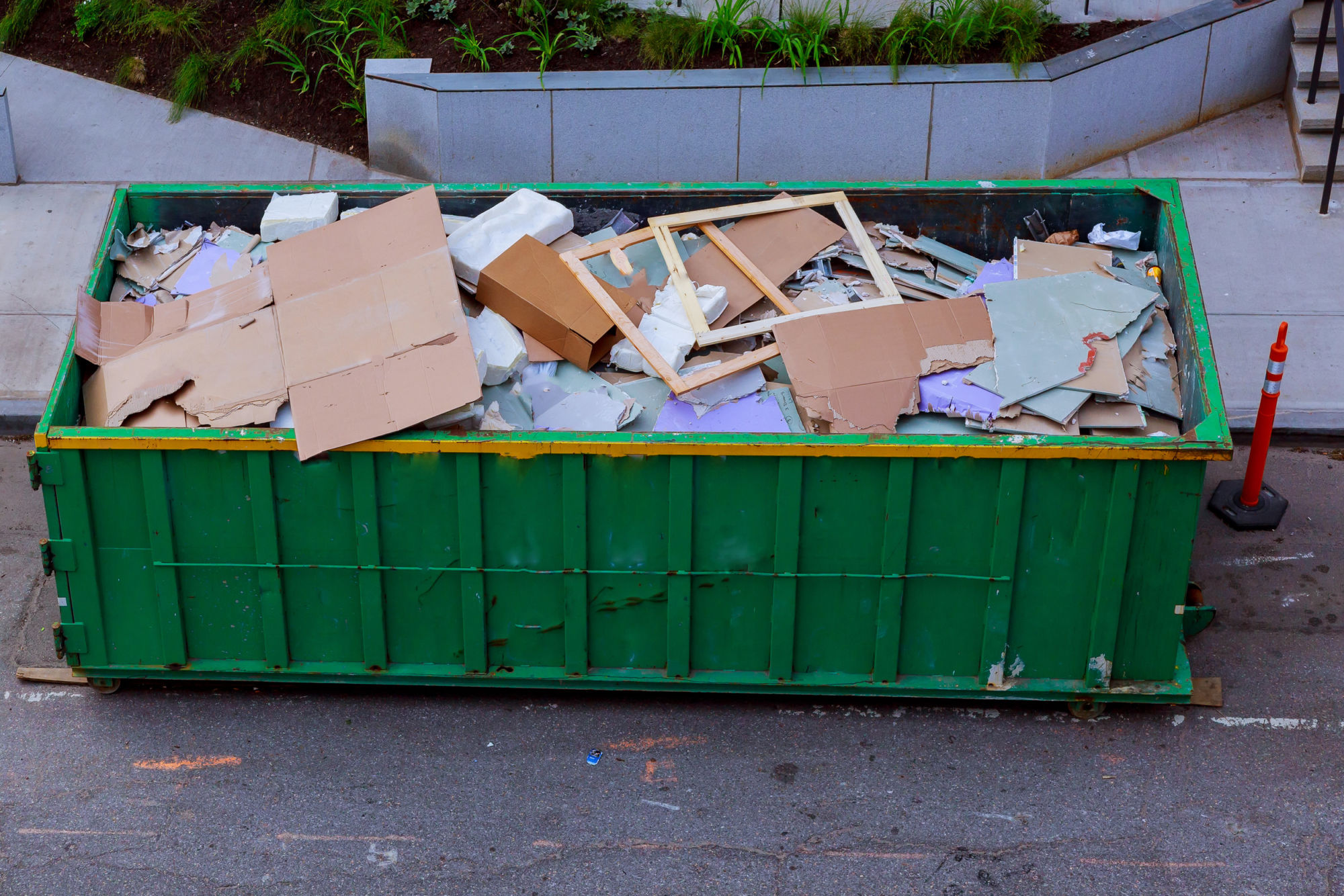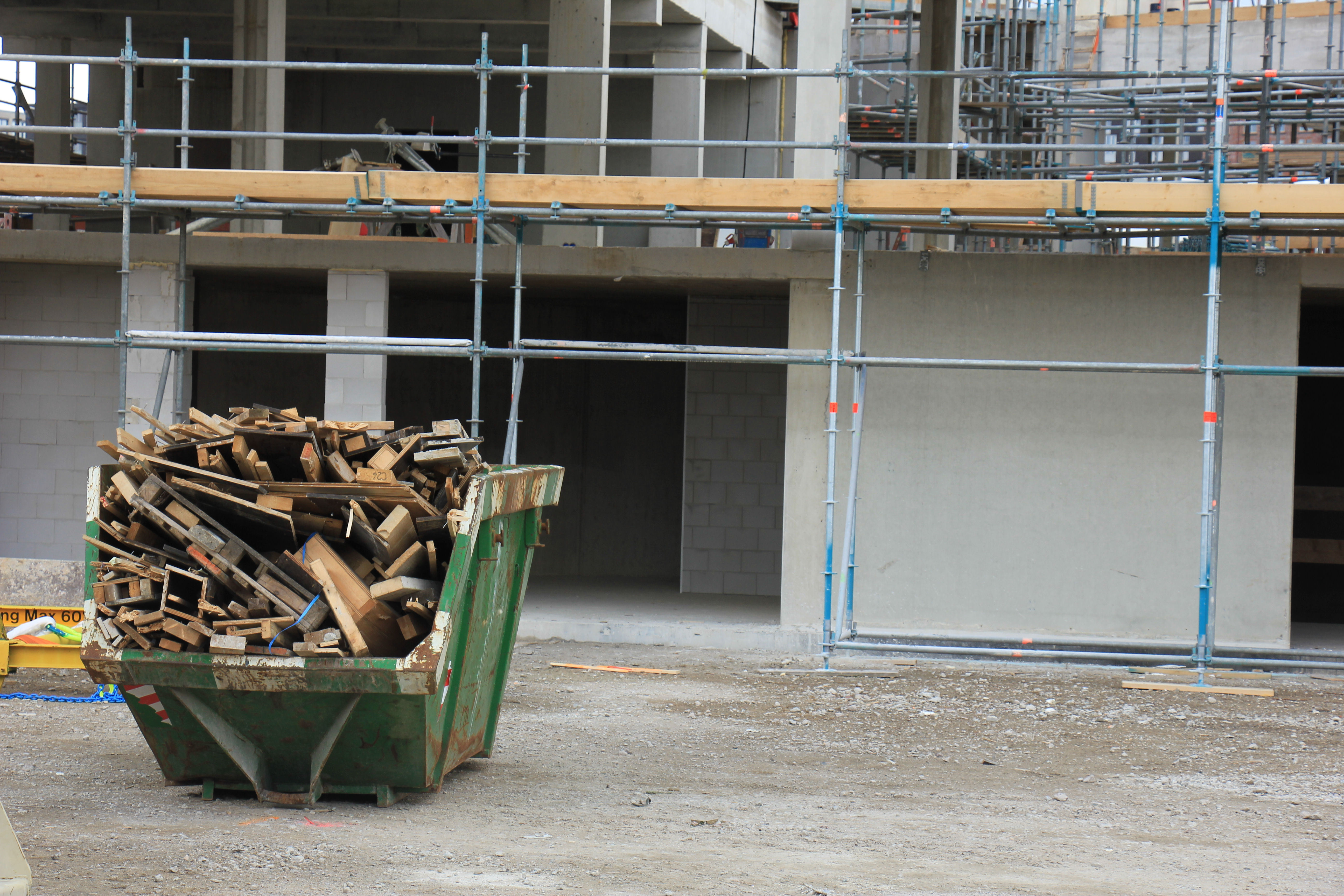Construction waste is unavoidable in the construction industry, but there is a fine line between acceptable amounts and extreme excess. To address it, proper inventory or material management skills are needed as construction wastes are often the result of either an inaccurate estimate of materials or lack of knowledge on its proper handling.
One man’s trash can be another man’s treasure.
There are waste management methods, which at its core, follows the process of reducing, reusing, and recycling. This requires having the hindsight to plan for your projects correctly by allotting adequate time and effort in determining its goals and requirements. It also includes proper disposal procedures and inventory practices like the following:
Implement proper waste disposal
Designated trash bins are not enough. If you want to make a difference, have a segregation system in place. This can be achieved by labeling waste facilities or color-coding containers for easier segregation.
It is also important to identify how many and where they will be placed. Selling or donating the waste can likewise be a better option. Keep in mind that dangerous material waste such as batteries, flammables, and so on should be disposed correctly given the hazards these items pose.
Handle materials with care
Proper care should always be implemented for all construction materials. This is to avoid unnecessary costs and waste. Having adequate storage facilities prevents materials from acquiring any damage as it minimizes its movement in the construction site.
Reduce excess inventory
As mentioned, planning ahead makes a huge difference in the construction waste produced. Ordering the right amount of materials means less post-construction debris. If there is excess, find out if they can be salvaged, recycled, or deconstructed. This takes time but the rewards are bountiful and can make it worth your firm’s while.
Construction waste has long been a problem in the industry. While things were arguably worse back in the industrial era of the 1800s, the practice is still affecting many landfills to this very day. It is fortunate that there are initiatives to deter this sort of dilemma— such as spreading awareness and using innovative construction techniques and processes. The problem may never truly go away, but minimizing the damage is better than nothing.
![]()











